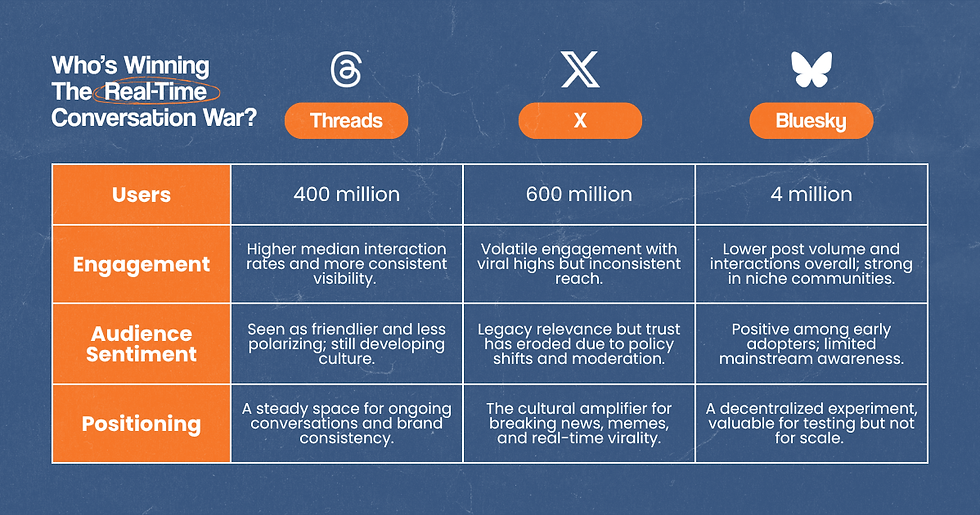Put the Customer Experience (CEx) First Part 1 of 2: How ads can cultivate engaged customers
- Eric Elkins

- Feb 27, 2019
- 2 min read
Updated: Jun 19, 2020

Are you posting to social media channels regularly, but not seeing any real change in the size of your audience, in sales results, or even engagement? Consider a social ad strategy that supports your business goals.
When creating an ad strategy, put the customer journey at the forefront. If your goal is to have long-term customers/followers, you’ll want to map out their journey and identify touchpoints and interactions to ensure a positive experience. In this two-part blog series, we will discuss how to implement and review the effectiveness of a dynamic ad strategy.
What is CEx?

The customer experience is defined as every interaction between the consumer and a company. This includes the search, purchase, consumption, and after-sale phases. Remember, your potential customers are likely navigating multiple social platforms before making a purchase decision.
Customers who are in the early stages of the conversion funnel may use social media to research products or services. Adding social media touchpoints to their journey, such as helpful content and ads, increases the potential to improve a customer’s awareness of a company and what it offers.
Remember, none of us like to be overloaded with ads. Too few touchpoints can make customers feel uniformed or under-appreciated, but too many can offend and irritate them.
Ads can do more than encourage someone to engage with a post, click on a website link, make a purchase, or like a page. Ads can create loyal customers!
The Conversion Funnel
One effective way to improve the customer journey experience is by creating ads that address pain points. We recommended answering questions gleaned from product reviews or feedback and using positive problem-solving language to guide your potential customers through the purchasing funnel.
Don’t forget to develop separate ads that target prospects at different stages of the buying cycle. Avoid using stock photos or generic creative assets that do not relate to the target audience. Always think of the larger context of your messaging (for instance, using the term “Fire Sale” might attract customers, but when many areas of the United States are affected by fires, the phrase can be seen as insensitive). And make an effort to demonstrate value in a positive way.

For example, while working with a master planned community, we wanted to create ads for both potential homebuyers and real estate agents. One way to provide value for our customers is by posting high-quality photos of the available homes with captions that invoke a sense of place.
Increase the value of following your social channels for current and potential customers by providing them with content that resonates. And improve the relevance of your ads to cultivate dedicated followers.
If you aren’t sure where to start, contact us today for a dynamic organic and paid social strategy.
Coming up: Part 2: Assessing ad performance and effectiveness - ROI and more










